The 50-mile Houston Ship Channel is a manmade port for ocean-going vessels, stretching from the Gulf of Mexico to Houston and Harris County, Texas.
Civil

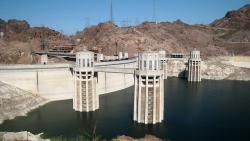
In 1918, the U.S. Reclamation Service's director and chief engineer Arthur P. Davis proposed a dam of unprecedented height to control the devastating floods on the Colorado River, generate hydroelectric power, and store the river's ample waters for irrigation and other uses.
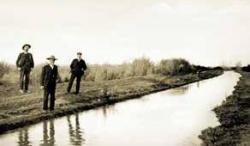
Developed by the Hohokam, a prehistoric group of Native Americans, the canal system in the Salt River Valley serviced more than 100,000 acres of mostly arid desert country in what is now southern Arizona. The prehistoric Hohokam constructed one of the largest and most sophisticated irrigation networks ever created using pre-industrial technology.
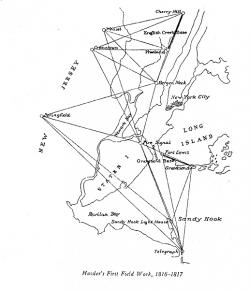
The precise system of measurements provided today by the U.S. Coast and Geodetic Survey originated with an act of Congress under the administration of Thomas Jefferson in 1807 that funded work on "an accurate chart" of America's coastal waters. Intended to aid sea-going commerce, the first work on this project, carried out in 1816 and 1817, helped establish a complex grid of geodetic reference points on which much of our land- and sea-based navigation now depends.


In the first nine months of operation, the B reactor produced fissionable plutonium for the world's first atomic bomb (the Trinity test on July 16, 1945), and for the atomic bomb that was dropped on Nagasaki, Japan, on August 9, 1945, killing 35,000 people. This, and similar destruction at Hiroshima caused by the atomic bomb dropped three days earlier, hastened the end of World War II.
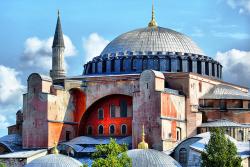
The church of Hagia Sophia (literally "Holy Wisdom") in Constantinople, now Istanbul, was first dedicated in 360 by Emperor Constantius, son of the city's founder, Emperor Constantine. Hagia Sophia served as the cathedra, or bishop's seat, of the city. Originally called Megale Ekklesia (Great Church), the name Hagia Sophia came into use around 430. The first church structure was destroyed during riots in 404; the second church, built and dedicated in 415 by Emperor Theodosius II, burned down during the Nika revolt of 532, which caused vast destruction and death throughout the city.
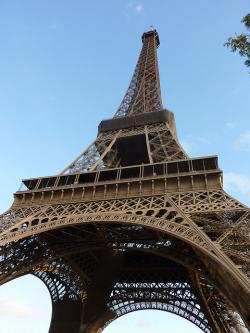
The Eiffel Tower was built for the International Exhibition of Paris of 1889 commemorating the centenary of the French Revolution. Of the 700 proposals submitted in a design competition, Gustave Eiffel's was unanimously chosen. At 300 meters and 7,000 tons, it was the world's tallest building until 1930.
The elevators ascend and descend within the curved legs of the tower, starting at an angle of 54 degrees from horizontal at the base and leveling out to 78 degrees at the top. The elevator cars are built with seatbacks that rotate to adjust to the varying angle.

At its completion, the 5.8-mile Gunnison Tunnel under western Colorado's Vernal Mesa was the longest irrigation tunnel in America. It carried water from the Gunnison River to the Uncompahgre Valley to irrigate 146,000 acres of cropland.
Work on the 30,582-foot tunnel was first performed manually. Adverse geological conditions provided great challenge for this pioneering project. The drilling crews had to deal with clay, sand, shale, and a badly fractured fault zone.

The early people of Costa Rica in the present-day area of Turrialba in Cartago Province built this ceremonial center with care and precision, and it is the country's primary and most important archaeological site. The Guayabo National Monument is of international significance because of its extensive roadways, retaining walls, underground channels, water supply, and flood control and drainage facilities that represent early civil engineering achievements by pre-Columbian people.


